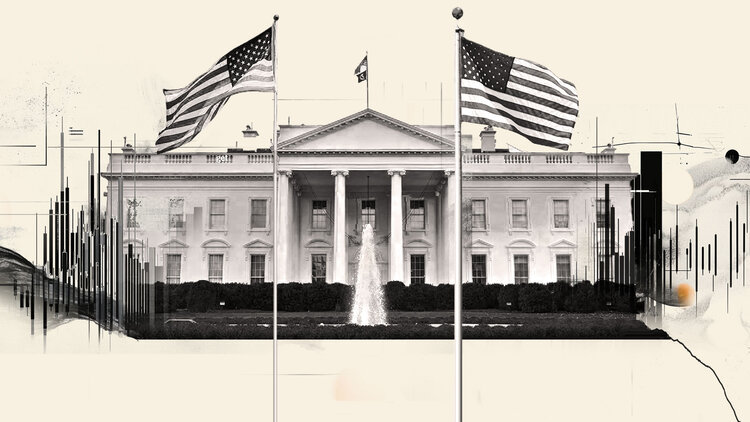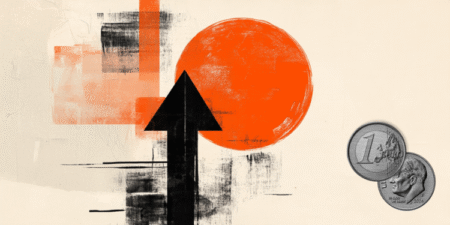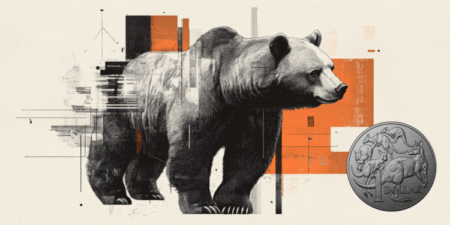US Commerce Secretary Howard Lutnick said late Tuesday that the United States and China have reached a framework to implement the Geneva Consensus, but they will go back and see if US President Donald Trump approves it.
Key quotes
We have reached a framework to implement the Geneva Consensus.
Combined the Geneva Consensus with the outcome of the leaders’ call on June 5.
We’re going to go back and see if Trump approves it.
If approved, we’ll implement it.
Says Xi and Trump’s call changed the outcome.
The idea behind all this is to increase our trade with China.
The framework is the first step, we had to get the negativity out.
We expect that rare earth and magnets issues will be resolved in this.
When they approve the licenses then you should expect our export implementation to come down again.
Market reaction
At the time of writing, the AUD/USD pair is trading 0.09% higher on the day at 0.6527.
US-China Trade War FAQs
Generally speaking, a trade war is an economic conflict between two or more countries due to extreme protectionism on one end. It implies the creation of trade barriers, such as tariffs, which result in counter-barriers, escalating import costs, and hence the cost of living.
An economic conflict between the United States (US) and China began early in 2018, when President Donald Trump set trade barriers on China, claiming unfair commercial practices and intellectual property theft from the Asian giant. China took retaliatory action, imposing tariffs on multiple US goods, such as automobiles and soybeans. Tensions escalated until the two countries signed the US-China Phase One trade deal in January 2020. The agreement required structural reforms and other changes to China’s economic and trade regime and pretended to restore stability and trust between the two nations. However, the Coronavirus pandemic took the focus out of the conflict. Yet, it is worth mentioning that President Joe Biden, who took office after Trump, kept tariffs in place and even added some additional levies.
The return of Donald Trump to the White House as the 47th US President has sparked a fresh wave of tensions between the two countries. During the 2024 election campaign, Trump pledged to impose 60% tariffs on China once he returned to office, which he did on January 20, 2025. With Trump back, the US-China trade war is meant to resume where it was left, with tit-for-tat policies affecting the global economic landscape amid disruptions in global supply chains, resulting in a reduction in spending, particularly investment, and directly feeding into the Consumer Price Index inflation.
Read the full article here
















